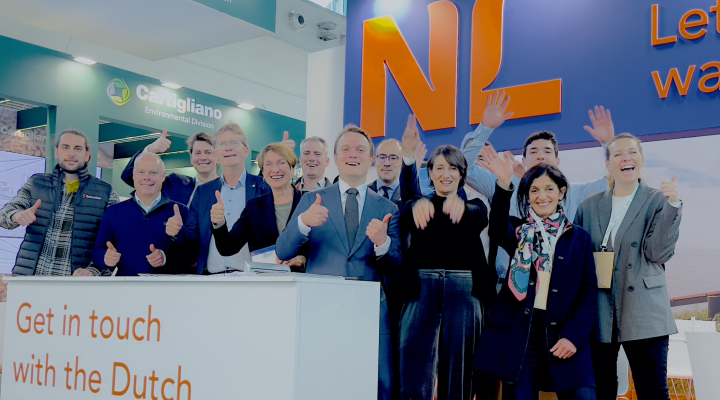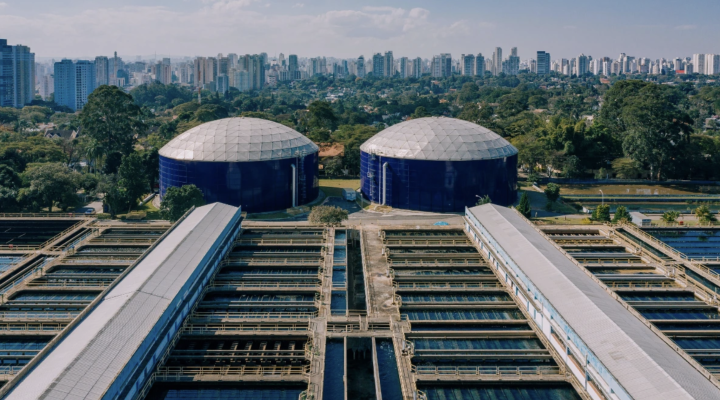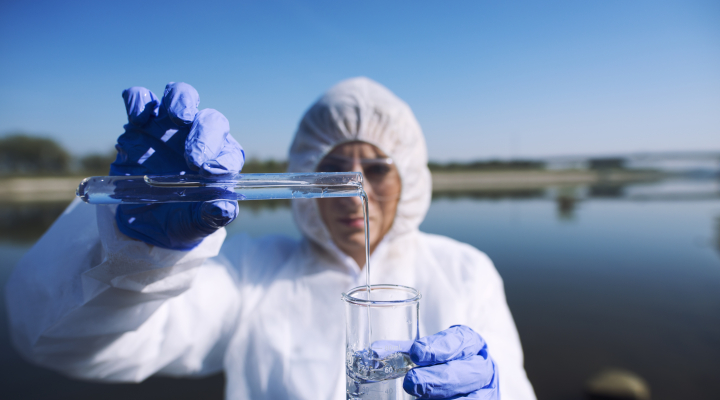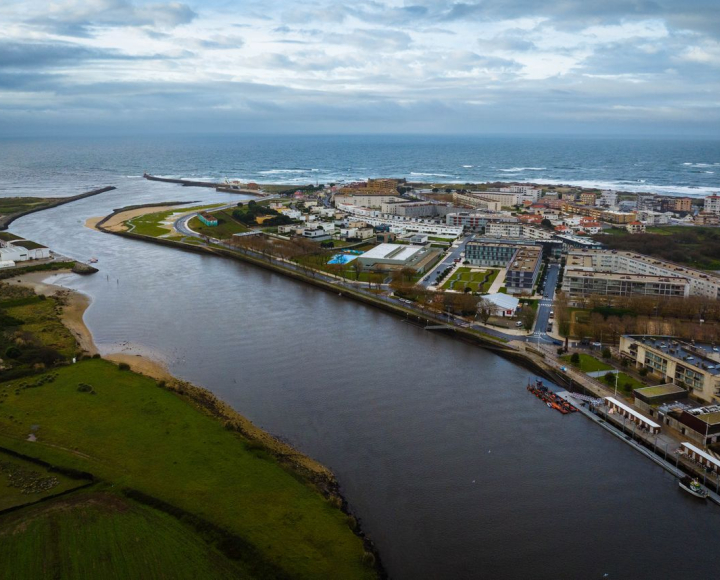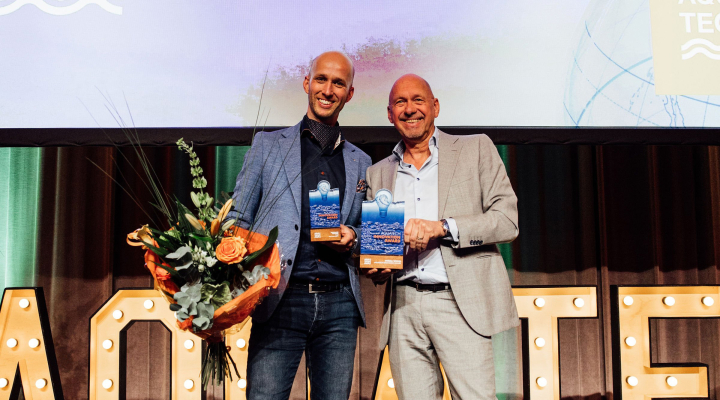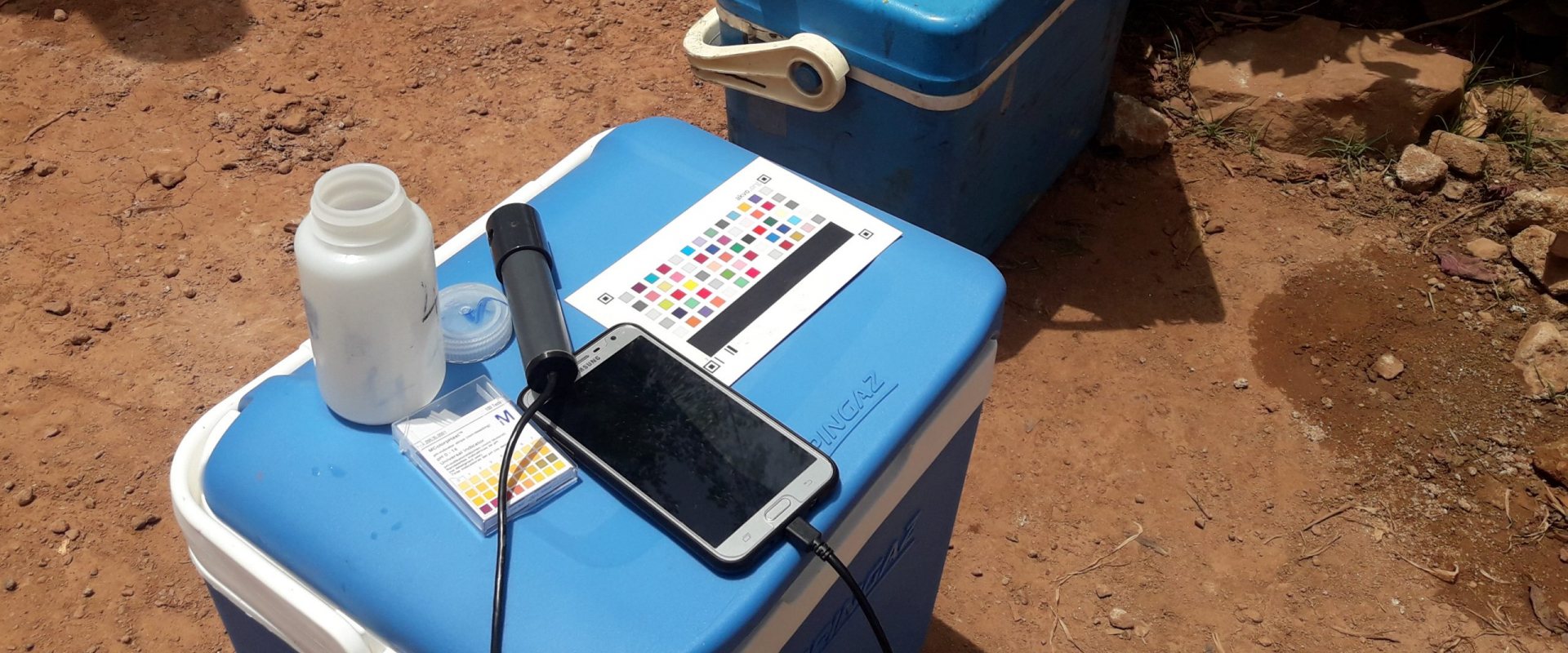
Digitising water quality monitoring in Mali
Water utility Somagep, World Waternet and Akvo teamed up to digitise water quality monitoring and improve the management of drinking water distribution.
The partners did a pilot with a smartphone-based monitoring system that delivers data much quicker and making it wider accessible.
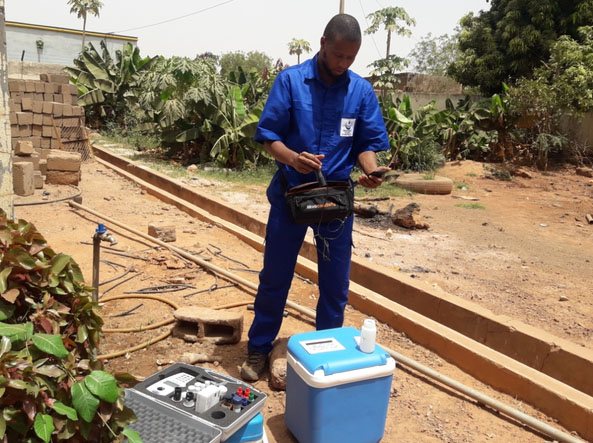

Société Malienne de Gestion de l’Eau Potable (Somagep) is responsible for monitoring and safeguarding water quality in Bamako, Kati and a number of other urban areas in Mali.
Conventional water quality monitoring is often time-consuming and error-prone due to the cumbersome processes involved in sample transport and paper-based data collection. This meant that, up until now, measuring results were only available after a relatively long period of time, and they weren’t available locally.
The digitised monitoring reduces the data collection to four hours. The existing process could last up to one month, since laboratories send their results on a monthly basis.
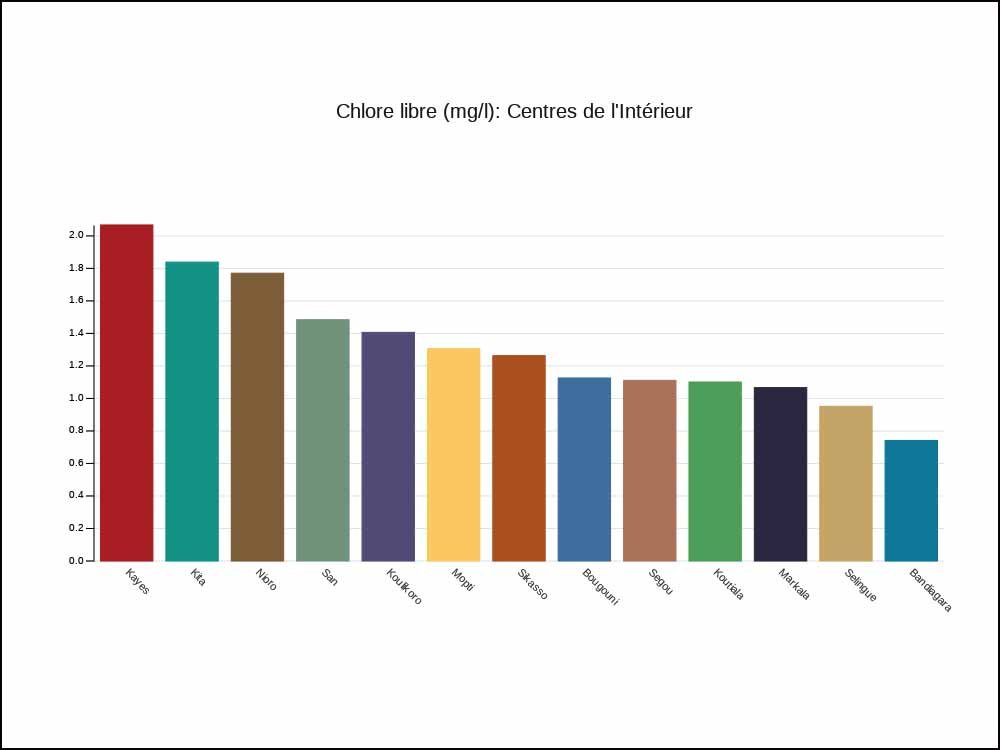

New data channels
Somagep monitors the water quality at three locations: the intake source (raw water), the outlet of the treatment plant (treated water) and the final consumer (distributed water). The company was seeking a way to capture more reliable data from remote locations so that they could improve water quality in a timely and sustainable way.
Digitisation is considered an option as it makes communication faster and easier, and opened up new channels for information. It does not change the company’s business model, but allows to improve its operational efficiency.
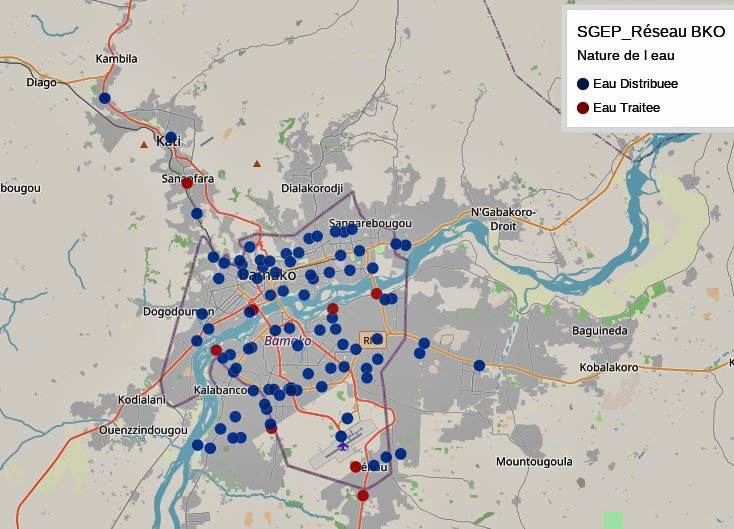

Multiple parameters
As part of the pilot project, the partners decided to test the digitised monitoring of water sources for 15 Mali cities on multiple physico-chemical parameters that are important for safe drinking water - pH, temperature, turbidity, electrical conductivity, free & total chlorine, iron, nitrate and nitrite.
The water quality monitoring was carried out using Akvo’s smartphone-based water quality testing kit. The kit consists of third-party water quality testing hardware connected to Akvo’s data platform and is used to assess whether drinking water contains elevated levels of toxic substances.
Measuring water quality on-site with a handheld photometer, sensor or other portable testing method means that the transportation step is eliminated, thereby increasing the reliability of the data. Besides water quality data, the team decided to add contextual data to the surveys, such as geolocation, photo, free text, options, numbers and/or video.




